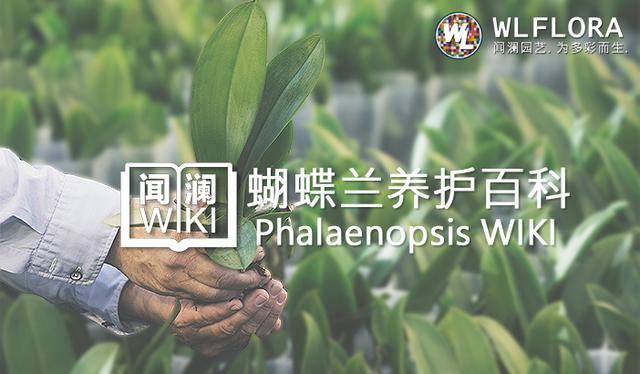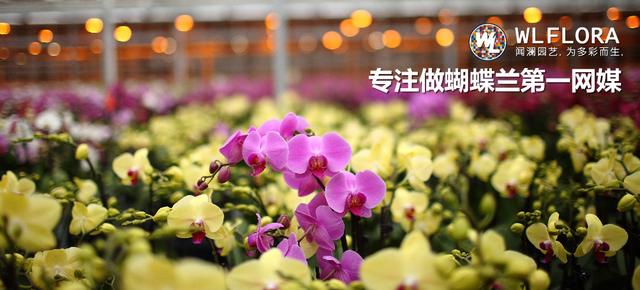Pay attention to watering and fertilizing Phalaenopsis in water moss culture


I also use water moss to grow Phalaenopsis. The water moss on the surface is often very dry, but the grass below is still wet. What should I do at this time?
Do you want the grass under it to be breathable or watered or the surface of the spray wet?
Is your Phalaenopsis fattened regularly or irregularly?
Is fertilizer irrigated at the root or sprayed on the leaves? Thank you!
A:
1 > according to your explanation, because each Phalaenopsis master will have his own different planting styles and practices, it is also applicable, but in my opinion, I would suggest looking at the degree of dryness and wetness of the inner water moss (in fact, it is generally judged by experience). If it is still wet, then do nothing, if it is also a little dry, and then consider the amount of water spraying on the surface, as for the amount of spray, this is a knowledge. It also depends on the size of your basin, your local temperature and humidity and light.
2 > fertilization I only spray thin fertilizer on the leaf surface; watering is very likely to affect the plant, and long-term irrigation will lead to the accumulation of unabsorbed fertilizer in the plant, resulting in root necrosis, which is not suitable for self-cultivation of orchids. My own argument about fertilizing is that I will give as many flowers as I need, and more is a burden to it. My spraying method is ten thousand times foliar spraying a week.
I never spray medicine, except that I once got a batch of infected Miaobai disease from a friend, almost all other diseases can be prevented by physical methods to overcome or adjust environmental factors.


It is probably the most complete variety guide of Phalaenopsis in the whole network.
How to choose the flower size of butterfly orchid?
Why is my Phalaenopsis always rotting? I hardly water it.
What if Phalaenopsis has two foil swords and one of them doesn't grow?
How to water Phalaenopsis in the process of maintenance?
- Prev

Lactic acid bacteria can not block the growth and reproduction of Vibrio in aquaculture.
Teng's Aquatic Business Network-Contemporary Aquatic Magazine exclusively reported that lactic acid bacteria are non-spore-free and Gram-positive when fermented sugars and their main products are lactic acid.
- Next

Share the successful cases of river crab aquaculture and collect pure dry information quickly.
Boss Li in Jiangsu has two ponds with a total of 52 mu of aquaculture water surface, releasing 1200 seedlings per mu at the beginning of the year. He began to sell crabs one after another seven days before the Mid-Autumn Festival and cleared by mid-November.
Related
- On the eggshell is a badge full of pride. British Poultry Egg Market and Consumer observation
- British study: 72% of Britons are willing to buy native eggs raised by insects
- Guidelines for friendly egg production revised the increase of space in chicken sheds can not be forced to change feathers and lay eggs.
- Risk of delay in customs clearance Australia suspends lobster exports to China
- Pig semen-the Vector of virus Transmission (4)
- Pig semen-the Vector of virus Transmission (3)
- Five common causes of difficult control of classical swine fever in clinic and their countermeasures
- Foot-and-mouth disease is the most effective way to prevent it!
- PED is the number one killer of piglets and has to be guarded against in autumn and winter.
- What is "yellow fat pig"? Have you ever heard the pig collector talk about "yellow fat pig"?

